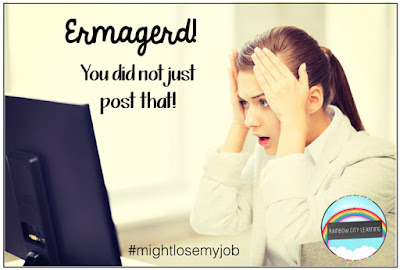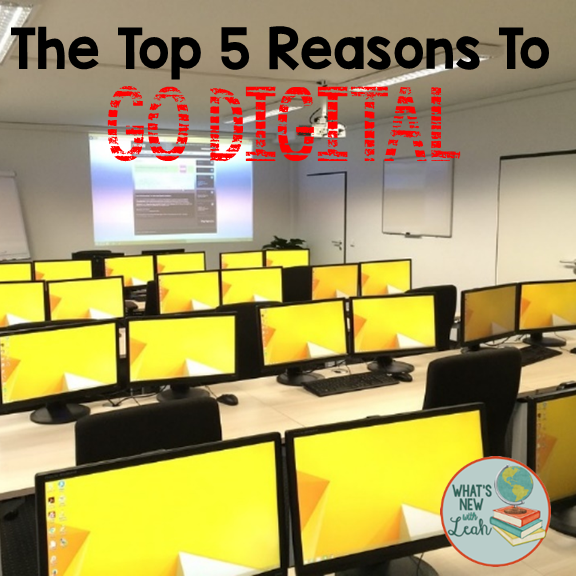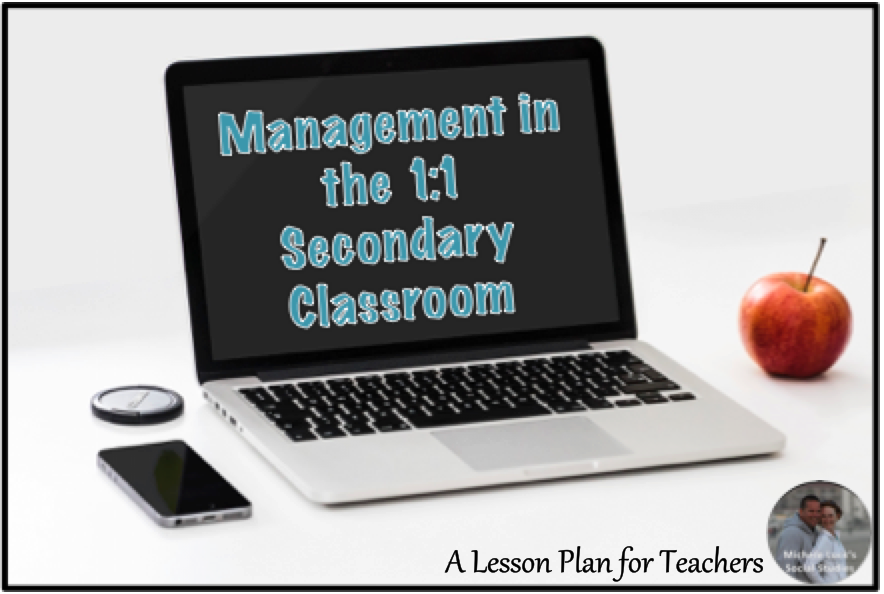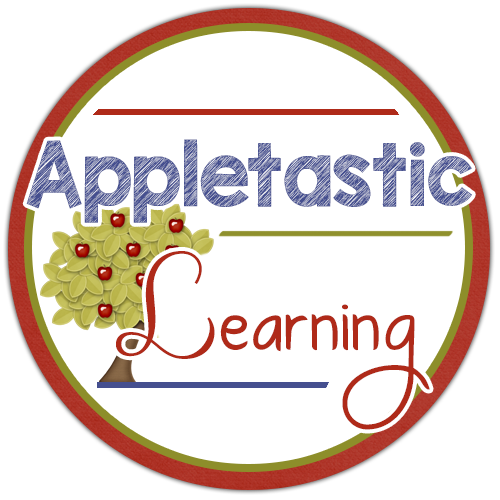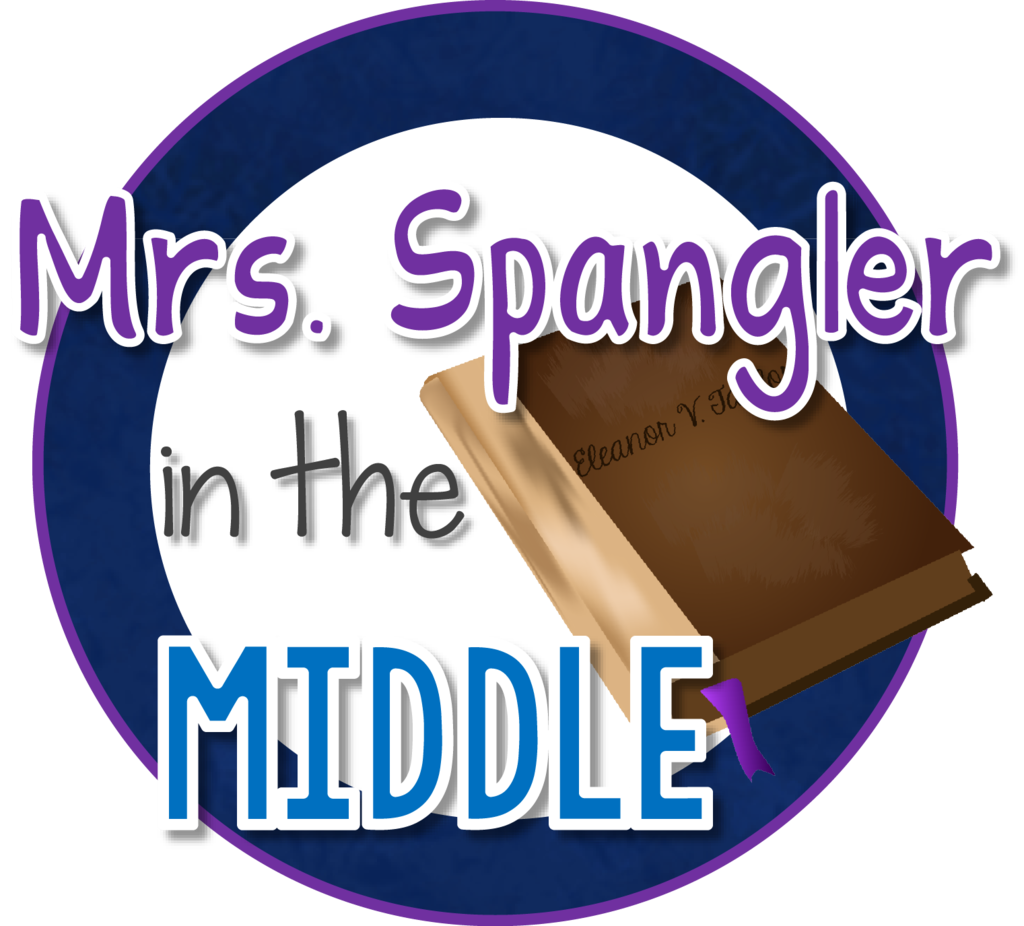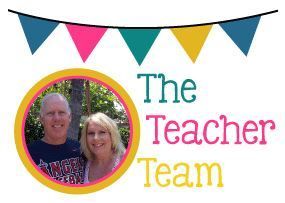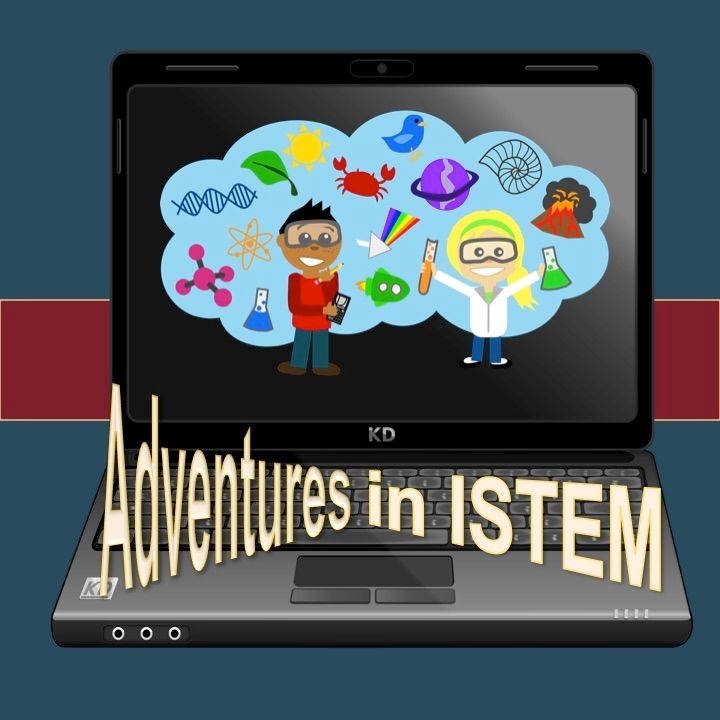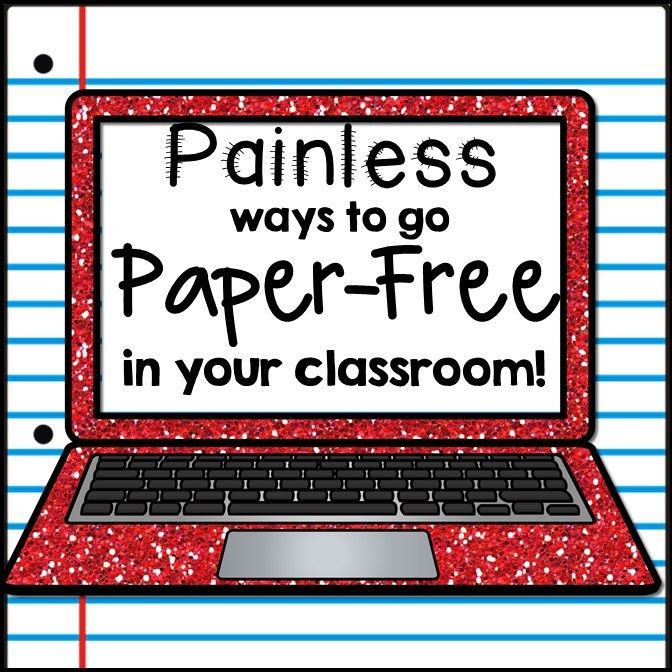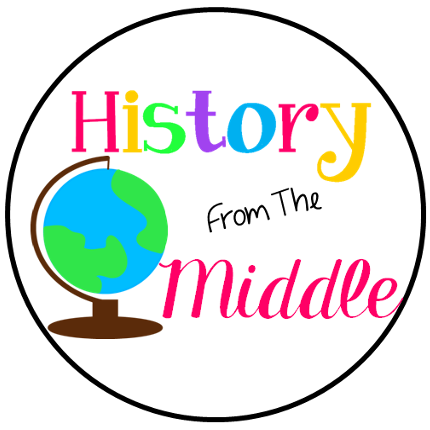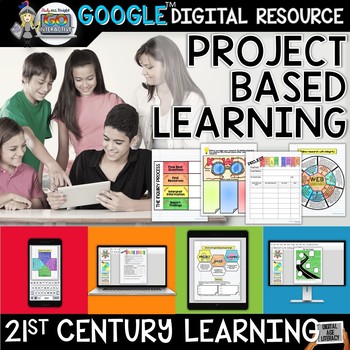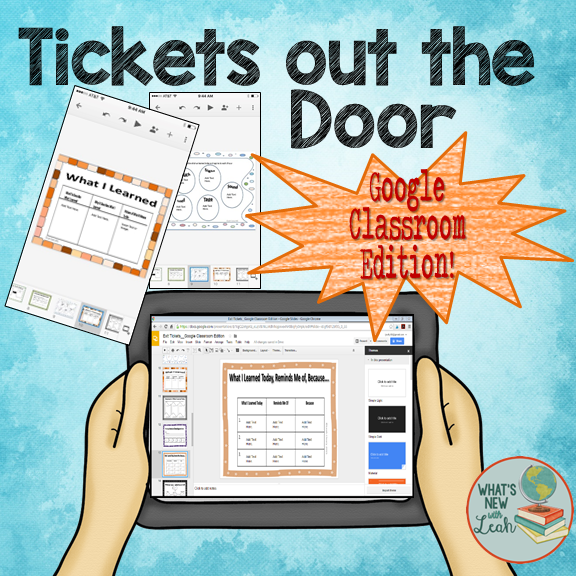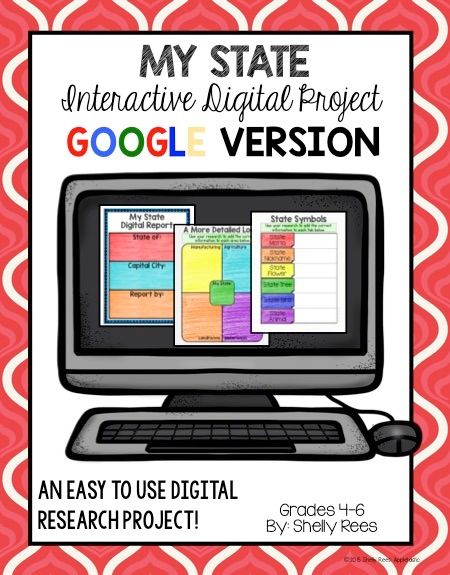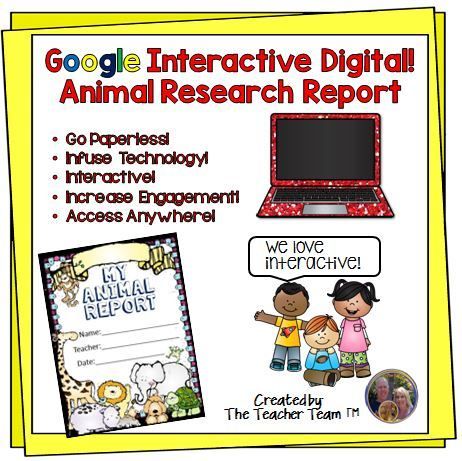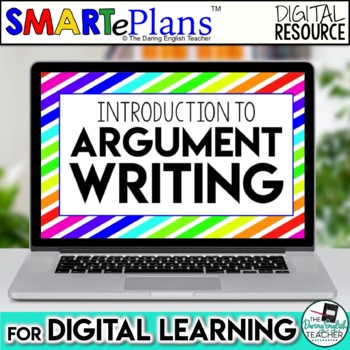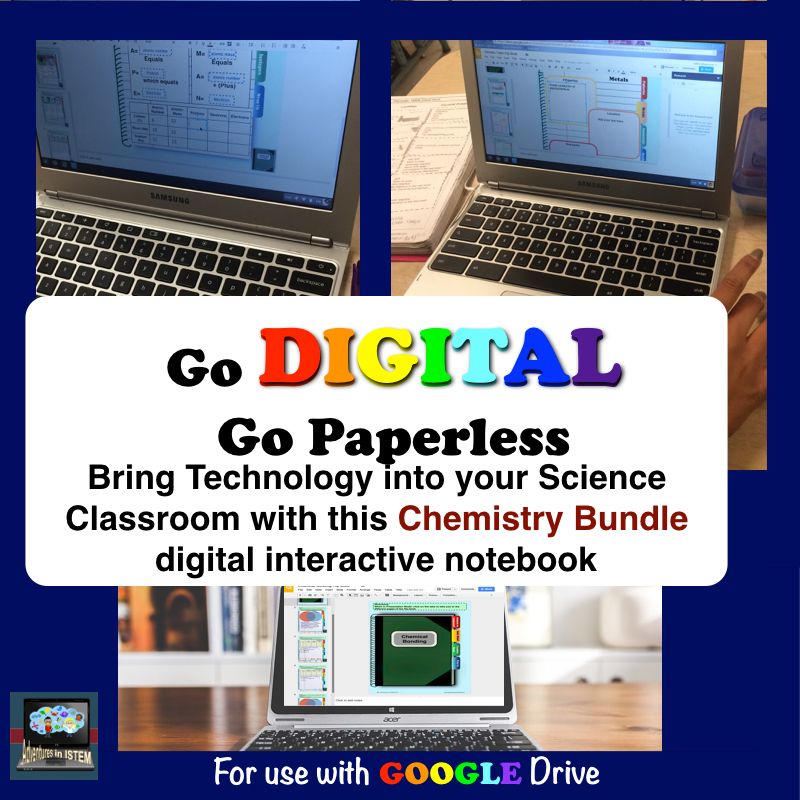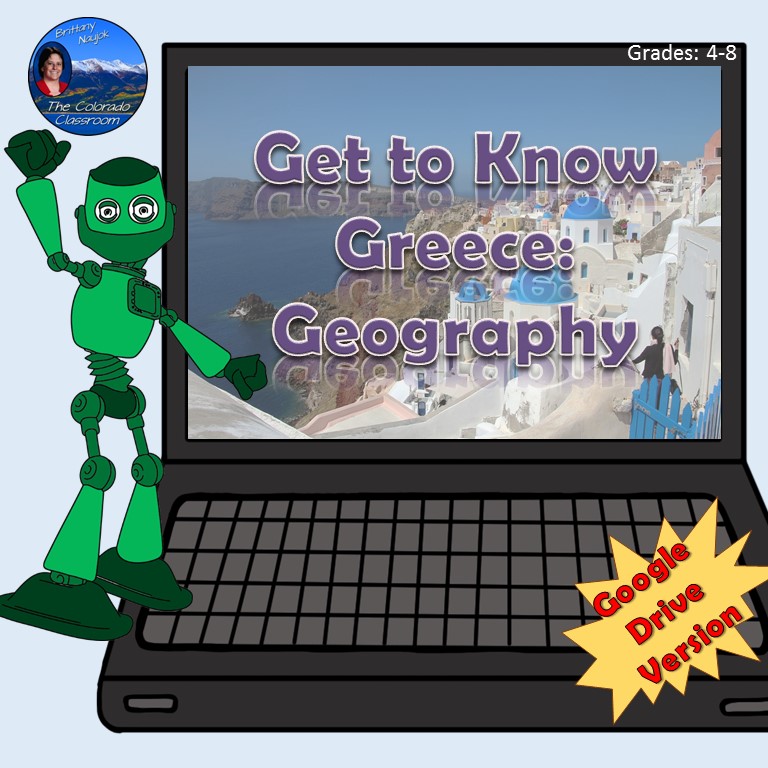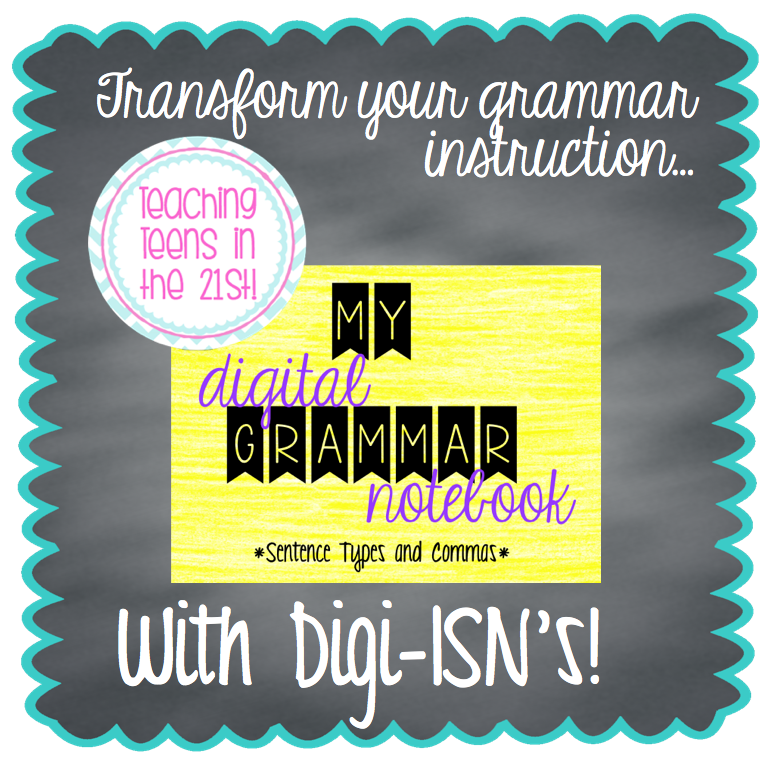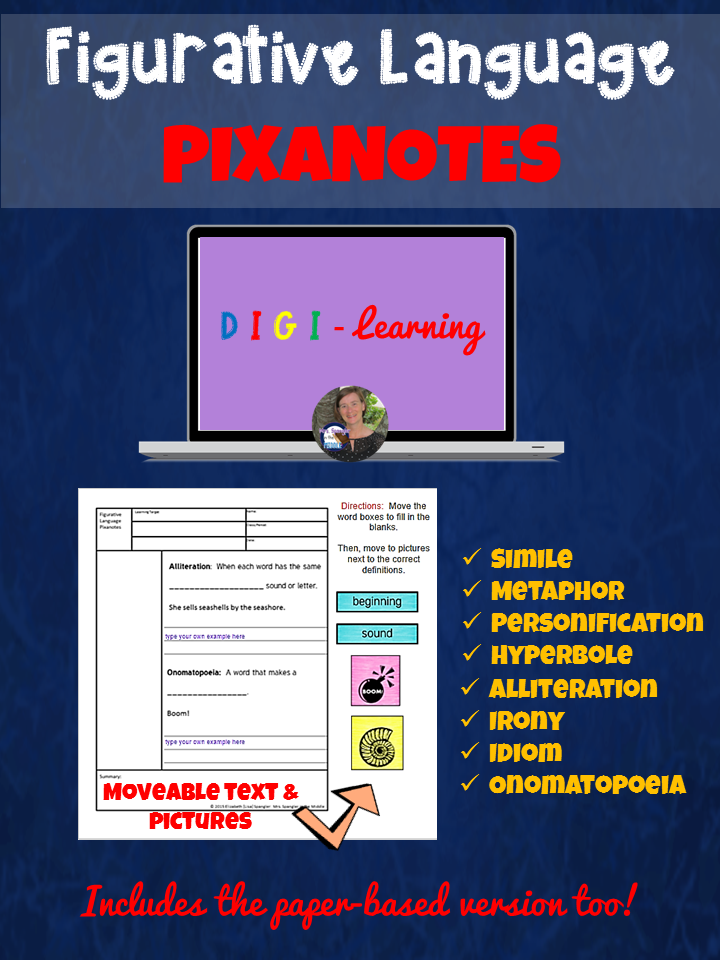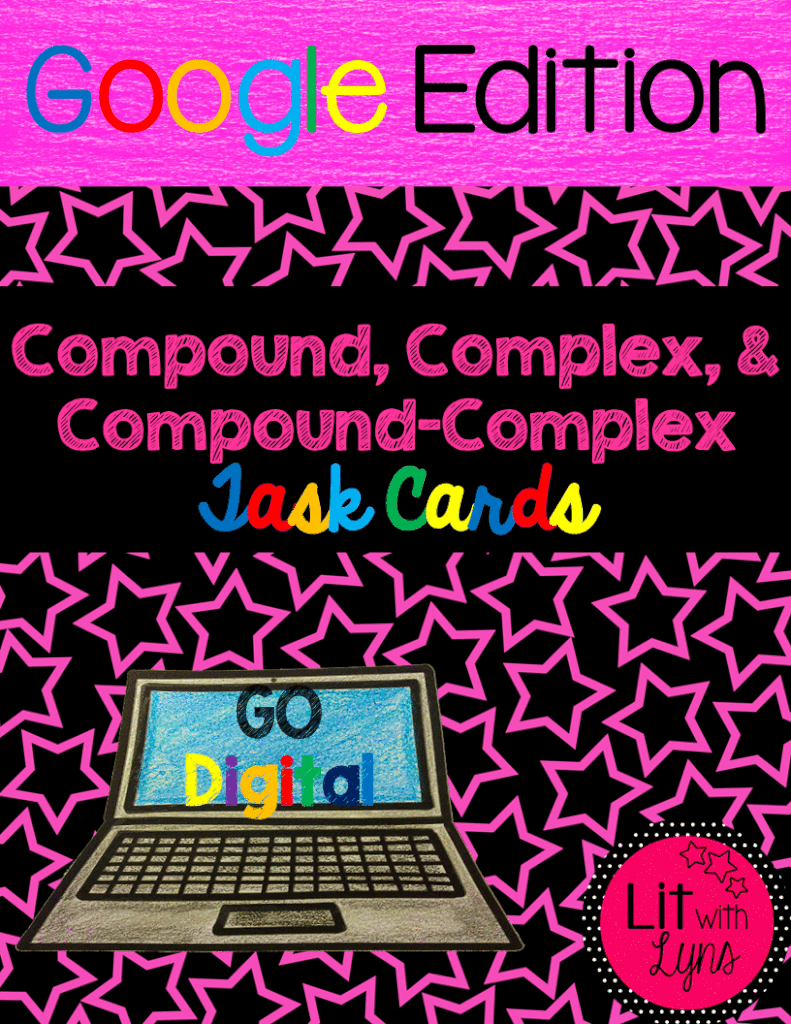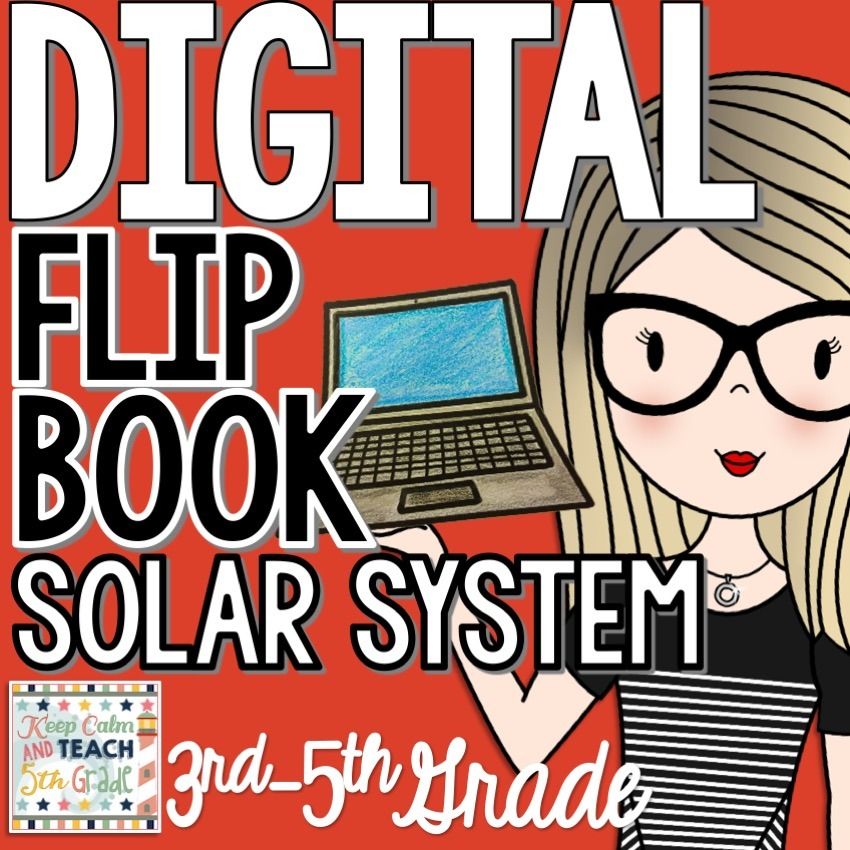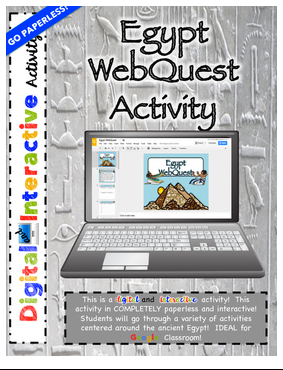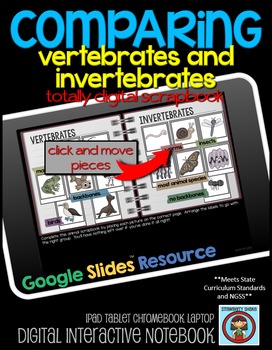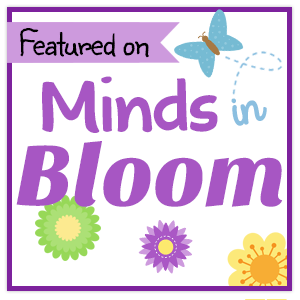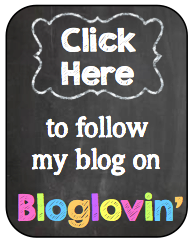 Happy Digital Learning Day! We will celebrate with the Digital Natives on February 17 this year! Having been born around the same time as Steve Jobs and Steve Wozniak, I am alas only a tourist in the digital world. I am probably the most enthusiastic tourist you will ever meet though! What a trip it's been since my hubby and I signed up for lessons in how to operate our first Apple2e and the first Commodore PETs were wheeled into our classrooms!
Happy Digital Learning Day! We will celebrate with the Digital Natives on February 17 this year! Having been born around the same time as Steve Jobs and Steve Wozniak, I am alas only a tourist in the digital world. I am probably the most enthusiastic tourist you will ever meet though! What a trip it's been since my hubby and I signed up for lessons in how to operate our first Apple2e and the first Commodore PETs were wheeled into our classrooms!
Each time a new piece of technology is developed or an upgrade is issued, I am first in line to sign up! I have written and received many grants for my district and students in the latest technology, and I love working with kids as they quickly learn to navigate the new terrain. A high point of my teaching career was when I took a group of fourth graders to the Michigan Elementary and Middle School Principals Association conference to show how they were using Palm Pilots for learning and assessment. Many people have the goal of living to 100. It's one of my personal goals because I don't want to miss all the technological advancements yet to come. In any case, I'm super excited to celebrate with you on February 17!
Whether you as a teacher are a digital native yourself, or a recent immigrant, or a longtime tourist like me, I think you'll agree that digital citizenship is as important to teach as digital navigation and knowledge.
In books and articles, they (and possibly you!) are referred to as digital natives. They are the kids who were born into the world of the internet, and have never known a different world. They have never known the dizzying smell of a fresh new purple mimeograph copy landing on their desk, the sight of ink droplets dripping from the nib of a pen dipped in an inkwell, or even a classroom or school without smart boards, iPads, and laptops. Some digital natives are currently as old as thirty-five, and they are in charge. Our students are most certainly digital natives, but do they know and respect the rules of appropriate digital citizenship?
The digital natives seated in our classrooms today process information in a very different way than kids of the last century. Using technology is second nature to them, and most know their way around the internet and social media. Their thoughts may flow as easily as a cool ocean breeze from their brains to the keyboard and instantly out into the world. This is not always a good thing. I think there are some things we can try now in the classroom to prepare kids to be better global media citizens now and in their futures.
Paper is still important!
Paper and pen or pencil is a great rehearsal tool. Kids should use it to plan what they will be putting out there for the world to see on a class wiki or website. They definitely should use it at least at first to rehearse things they might say to others in comments on the web. My students have enjoyed our "Morning Tweets" board where each of them writes (tweets) a 140 character or less message to share with our class. Just one example of using paper to practice good manners and form.
You can see many variations of this all over the internet (a great resource for ideas!) , but the best explanation and model of this comes from a teacher-blogger called "McTeach". I loved to use her paper blogging lesson with my students before assigning each to their own wikipage within our classroom wikipage. These paper blogs make a beautiful display on your bulletin board or walls, and the sticky note comments give kids practice in writing nice comments. The ancient advice from our grandparents before the dawn of the digital age still applies: "If you don't have anything nice to say, don't say anything at all!"
Rehearse on paper before trying social media.
Journals, diaries, and reflections in Interactive Notebooks are all great ways to give kids a chance to rehearse the way they express themselves with words. Make some of these rehearsals meaningful to our digital natives by trying out answers in the format of different social media sites.
Twitter: Write your response in fewer than 140 characters.
Texting: What would a text conversation look like between you and the author of your book? What would it look like between two characters in that book?
Facebook: Write your response as if you are posting it on Facebook. Make a list under what you've written of who might "like" it.
Instagram: Draw a "photo" of the scene and create a hashtag for it.
Blog: What would you write in the "About Me" section of your blog.
Web page: If you could create your own webpage, what would be on it? What would it look like?
These are just a few suggestions to be sure that your kids can rehearse and get feedback on these rehearsals from classmates and from you before "sailing it out" into the world.
When your students are posting online, you might be held responsible for poor digital citizenship. Don't let it happen to you! Rehearse, rehearse, rehearse, and then get parent permission. Start slowly, allowing a few students at a time to post on your class site, Keep it small and manageable at first. Gradually add more students as good role models become established.
Google: a new frontier in the classroom
More good digital stuff is headed to our classrooms: all things Google! My district has given up Microsoft tools in favor of Google apps for teachers and students alike. Chromebooks all around! It really does feel like a new frontier with all the usual reactions among teachers: the early adopters, the step to the front trainers, and the hiding behind a pile of papers trying not to be noticed overwhelmed digital tourists.
The great news here is that a dedicated group of teacher-authors at TpT have joined with Danielle Knight (of Study All Knight fame), a true digital pioneer, to create learning resources for teachers to share with their students on the road to creating paperless classrooms. These resources are virtually "plug and play". The teacher purchases the resource, gets a code to an online Google slide presentation, and shares that presentation with students. Students make a copy, complete the work/research/writing, and return their finished document to the teacher for grading. You can get a smaller car! No more piles of projects and notebooks to haul home every weekend!
My contribution to this amazing advancement so far is a series of resources for Women's History Month, available separately as a printable PDF (for paper-pencil practice or a slower immersion into all things Google), and also as a Google Slides presentation, complete with text boxes for your students to fill and a few movable pieces. I'm hoping to finish this series in time for your Wax Museum presentations in the spring. (Project ideas are included so kids can step away from the computer after learning a lot, and apply their learning in a hands-on way. I still think kids to make stuff and get a little messy!) Also in the plans: Google makeovers of some of my most popular resources, including Close Reads.
As you travel that digital highway, I hope you'll take a look at my first Women's History Bundle for third grade through sixth:

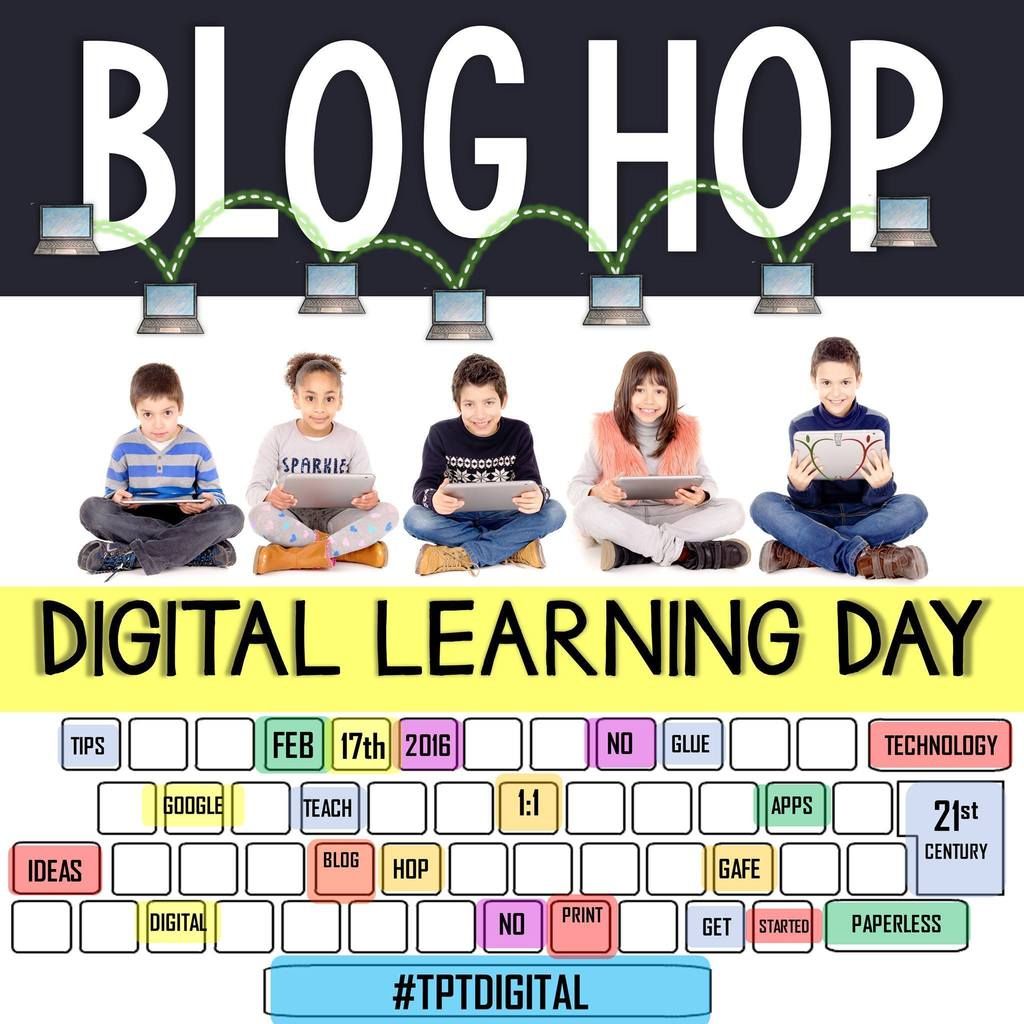
Digital Learning Day 2016--Why Should You Try Something New?
Because Your Students Will Thank You.
My students thank me all the time for the new “stuff” we are
doing this year. Go ahead--take the plunge! Believe me, if you have access to
any sort of technology (even one device), then do it. That one tablet or laptop
can open up a window to a universe of instructional opportunities. Your
students will want to get to that tech center.
Digital Learning Day, February 17, 2016, is ultimately about
bringing equal opportunity to our classrooms, regardless of location or socioeconomic
status. It is about the importance of having access to Wi-Fi and up-to-date
technology in our schools. Many schools have technology that is not working or that
is out-of-date. State and local governments are now focusing on getting it all
fixed so that our school children can succeed in the 21st century.
Here's the challenge--On February 17, 2016, try a new
lesson that focuses on discovery, analysis, and exploration. Give your students
the gift of a new opportunity by using Google Classroom, MS OneDrive, or an
App. And don’t forget to share what you are doing in your classroom on social
media to celebrate Digital Learning Day with #futureready. To help you get started, we’ve teamed
up to share an amazing selection of blog posts and classroom activities that
are designed to propel you and your students into your digital learning adventure.





